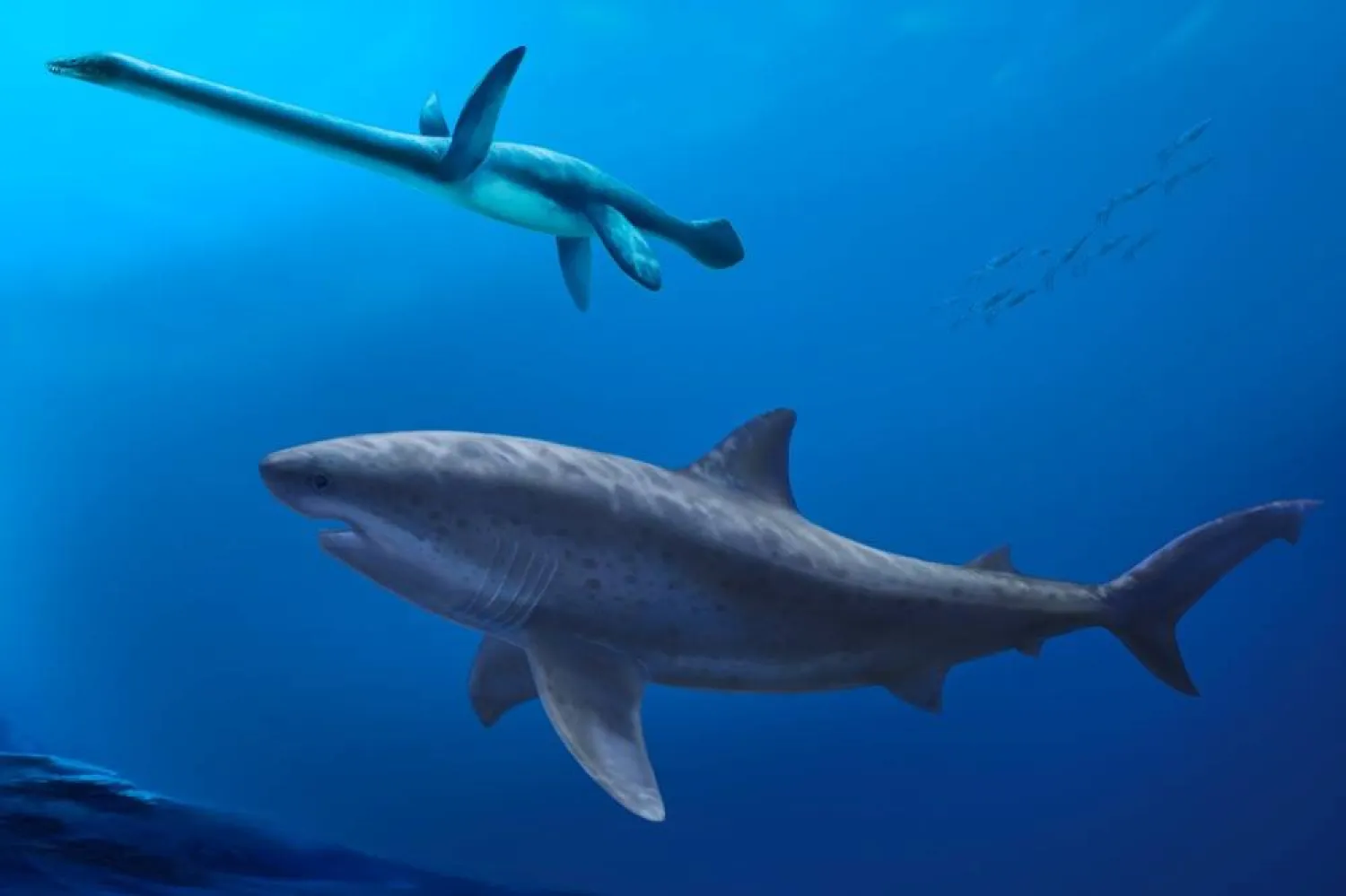A SpaceX mission is set for launch Saturday with two passengers on board, leaving two seats empty to return the American astronauts who have been stranded for months on the International Space Station, NASA said.
The launch of the Falcon 9 rocket is scheduled for 1:17 pm (1717 GMT) from Cape Canaveral, Florida.
It will use a new launch pad, the pad's first use for a crewed mission, AFP reported.
On board will be NASA astronaut Nick Hague and Russian cosmonaut Alexander Gorbunov.
When they return from the space station in February, they will bring back the two space veterans -- Butch Wilmore and Suni Williams -- whose stay on the ISS was prolonged for months by problems with their Boeing-designed Starliner spacecraft.
The newly developed Starliner was making its first crewed flight when it delivered Wilmore and Williams to the ISS in June.
They were supposed to be there for only an eight-day stay, but after problems with the Starliner's propulsion system emerged during the flight there, NASA was forced to weigh a radical change in plans.
After weeks of intensive tests on the Starliner's reliability, the space agency finally decided to return it to Earth without its crew, and to bring the two stranded astronauts back home on the SpaceX mission Crew-9.
"We know that this launch is a bit unique in moving from the plan for crew members to two," NASA associate administrator Jim Free told reporters.
"I do want to thank SpaceX for their support and flexibility."
SpaceX, the private company founded by billionaire Elon Musk, has been flying regular missions every six months to allow the rotation of ISS crews.
But the launch of Crew-9 was delayed from mid-August to late September to give NASA experts more time to evaluate the reliability of the Starliner and decide how to proceed.
It was then delayed a few more days by the destructive passage of Hurricane Helene, a powerful storm that roared into the opposite coast of Florida on Thursday.
SpaceX's Dragon vessel is set to dock with the ISS on Sunday around 2130 GMT.
After a period to allow a handover of duties, the four members of Crew-8 will return to Earth on another SpaceX craft.
In total, Hague and Gorbunov will spend some five months on the ISS; Wilmore and Williams, eight months.
In all, Crew-9 will conduct some 200 scientific experiments.









